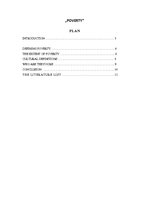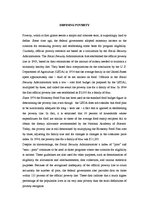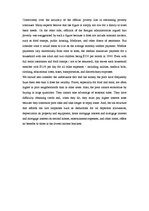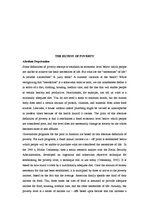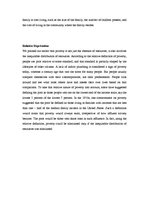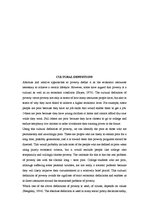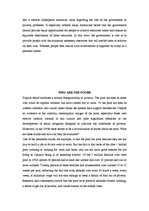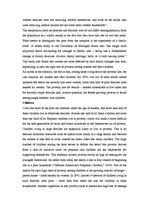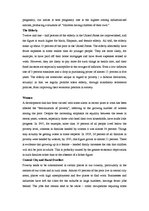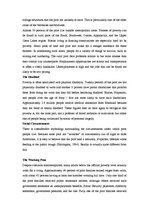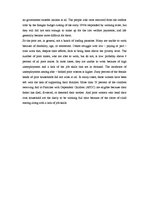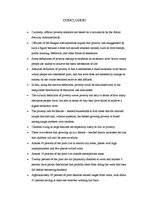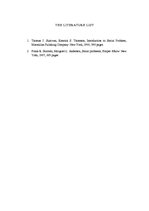-
Poverty
| Nr. | Chapter | Page. |
| INTRODUCTION | 3 | |
| DEFINING POVERTY | 4 | |
| THE EXTENT OF POVERTY | 6 | |
| CULTURAL DEFINITIONS | 8 | |
| WHO ARE THE POORE | 9 | |
| CONCLUSION | 14 | |
| THE LITERATURE LIST | 15 |
Poverty, which at first glance seems a simple and concrete term, is surprisingly hard to define. Some time ago, the federal government adopted monetary income as the criterion for measuring poverty and establishing some basis for program eligibility. Currently, official poverty statistics are based on a calculation by the Social Security Administration. The Social Security Administration first established the official poverty line in 1963, based on their estimations of the amount of money needed to maintain a minimally healthy diet. They based their computations on the conclusion by the U. S. Department of Agriculture (USDA) in 1954 that the average family in the United States spent approximately one – third of its net income on food. Officials in the Social Security Administration took a low – cost food budget (as prepared by the USDA), multiplied by three, and called the result the poverty line for a family of four. In 1964 the first official poverty line was established as $3,000 for a family of four.
Since 1974 the Economy Food Plan has been used as the standard food budget figure in determining the poverty line, even though the USDA does not consider this food plan to be nutritionally adequate for long – term use – a fact that is ignored in establishing the poverty line. In fact, it is estimated that 80 percent of households whose expenditures for food are similar to those of the average food stamp recipient fail to obtain the dietary allowance recommended by the National Academy of Science. …
Poverty always was an actual problem. Now the considerable part of the population to be below the breadline or close border of a “social bottom”. It is especially appreciable against strong stratification when the difference in incomes poor and rich makes tens, hundreds and thousand times. And this process has dynamic character, poor become poorer, and rich even more richly. Impoverishment threat at present - global social danger. Unemployment, economic and social instability, unreliability of hopes, wreck of plans. This point in question urgency consists that social polarization, stratification of our society on poor and rich is basic of its characteristics at present and our time.

